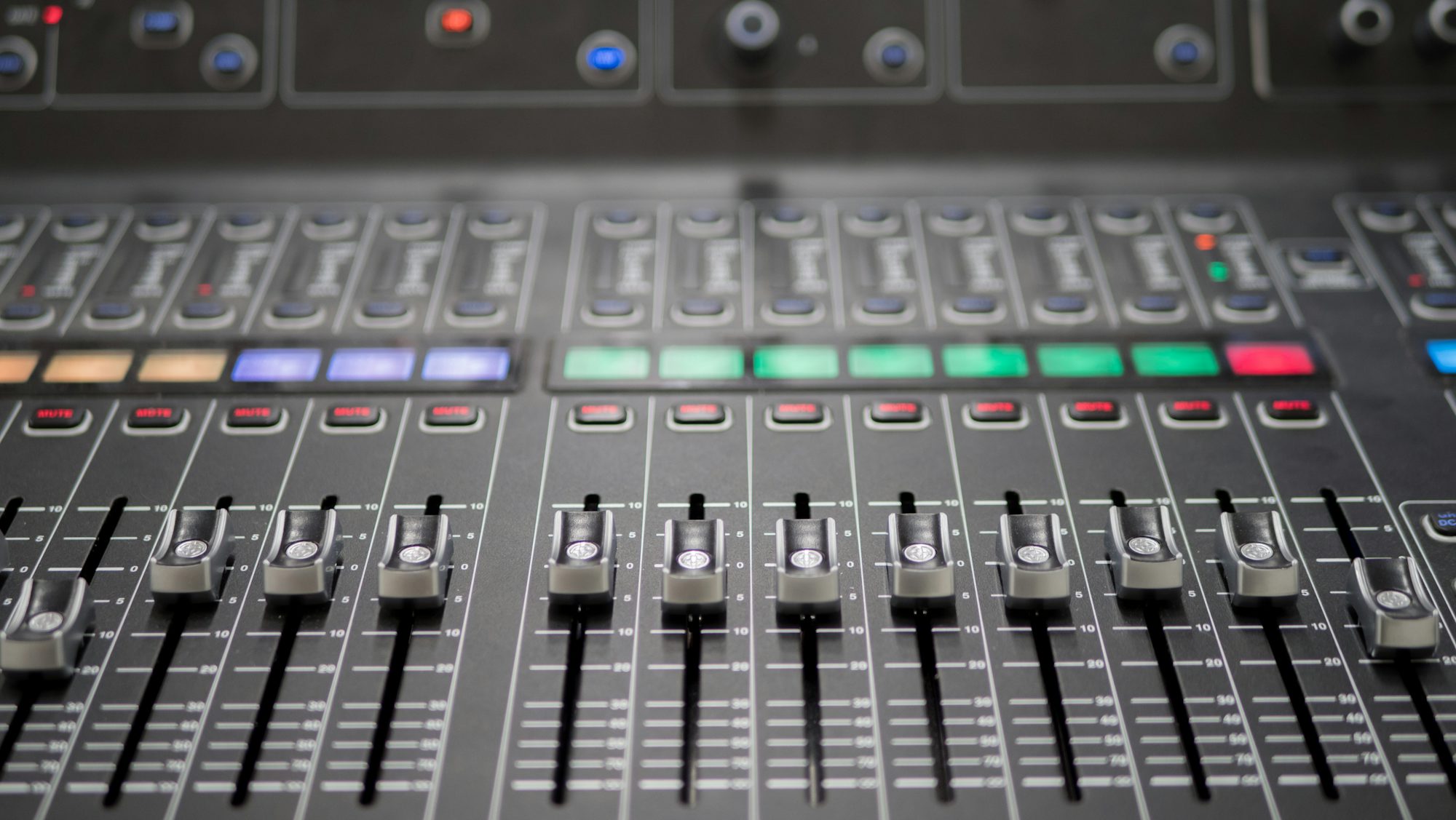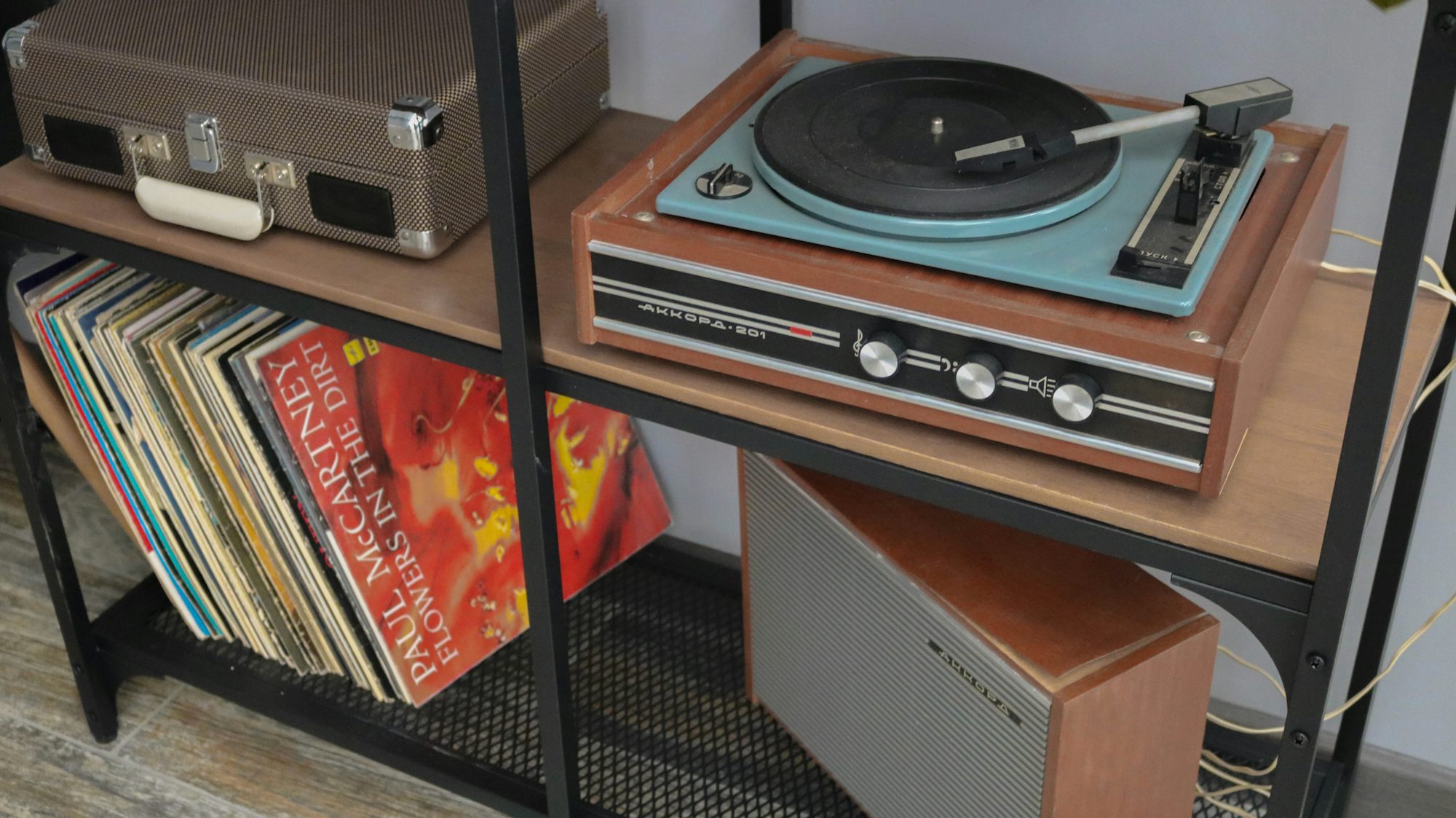Piano composition is a rich and intricate art form that has evolved over centuries, reflecting changes in musical styles, cultural contexts, and technological advancements. From the baroque intricacies of the 17th century to the contemporary explorations of today, the piano has been a pivotal instrument for composers seeking to express emotion, narrative, and innovation. This article delves into the major periods of piano composition, the influential figures who shaped its development, and the techniques that continue to inspire musicians around the world.
The Baroque Era: Foundations of Piano Music
The journey of piano composition began in the baroque era, characterized by its ornate musical language and complex structures. Key composers such as Johann Sebastian Bach and George Frideric Handel were instrumental in laying the groundwork for future generations. Bach’s keyboard works, especially the Well-Tempered Clavier, exemplify the intricate counterpoint and harmonic exploration typical of the period. This collection of preludes and fugues showcases not only technical mastery but also a deep understanding of musical form.
Handel, on the other hand, contributed significantly to the development of keyboard sonatas, blending Italian and German styles. His Keyboard Suites reflect a variety of dance forms, allowing for expressive interpretation. The baroque period set the stage for the piano’s evolution, establishing a framework that later composers would expand upon.
The Classical Period: Elegance and Clarity
As music transitioned into the classical period, composers sought clarity and balance in their compositions. Figures like Wolfgang Amadeus Mozart and Ludwig van Beethoven emerged, bringing a new level of sophistication to piano music. Mozart’s piano concertos, such as Piano Concerto No. 21, highlight elegant melodies and harmonic simplicity, demonstrating the instrument’s versatility as both a solo and ensemble instrument.
Beethoven’s works, particularly his sonatas, introduced a dramatic intensity and emotional depth that would pave the way for future romantic expressions. The Moonlight Sonata, with its haunting first movement, showcases Beethoven’s innovative use of form and harmony, inviting listeners into a deeply personal realm of expression. This era marked a shift towards more expressive and individualistic compositions, setting the stage for the romantic period that followed.
The Romantic Era: Passion and Individuality
The romantic era is often regarded as a golden age for piano music, characterized by emotional expressiveness and virtuosity. Composers such as Frédéric Chopin, Franz Liszt, and Johannes Brahms pushed the boundaries of piano composition, each developing unique styles that reflected their personal philosophies and emotions. Chopin, known as the poet of the piano, infused his works with lyrical melodies and intricate harmonies. His Nocturnes and Ballades invite listeners into a world of deep emotion, often reflecting themes of love and loss.
Liszt, the ultimate virtuoso, transformed the piano recital into a grand spectacle. His compositions, including the Hungarian Rhapsodies, showcase technical brilliance while conveying dramatic narratives. Liszt’s innovative use of thematic transformation allowed for greater cohesion within longer works, influencing many composers who followed.
Brahms, known for his structural rigor, combined romantic expressiveness with classical forms. His Piano Concertos demonstrate a mastery of orchestration and thematic development, highlighting the piano’s capacity for both power and nuance. The romantic period thus laid a rich foundation for future explorations in piano music, emphasizing the importance of individual expression and emotional depth.
Impressionism: Evoking Sensations
The late 19th and early 20th centuries saw the rise of impressionism, a movement that aimed to evoke sensory experiences rather than convey specific narratives. Composers like Claude Debussy and Maurice Ravel sought to capture the essence of fleeting moments through innovative harmonic language and rhythmic fluidity. Debussy’s Clair de Lune, with its delicate textures and ethereal quality, exemplifies the impressionist approach, inviting listeners to experience the subtleties of light and sound.
Ravel, known for his orchestrational brilliance, also made significant contributions to piano music. Works like Pavane pour une infante défunte showcase his ability to blend lush harmonies with intricate rhythms, creating a sense of nostalgia and beauty. The impressionist era marked a departure from traditional structures, allowing for greater freedom in expression and form, and influencing countless composers in the 20th century and beyond.
The 20th Century: Innovation and Experimentation
The 20th century ushered in a wave of innovation in piano composition, with composers exploring new styles, techniques, and forms. Sergei Rachmaninoff and Dmitri Shostakovich are two figures who made significant contributions during this period. Rachmaninoff’s compositions, particularly his Piano Concertos, combine lush romanticism with technical prowess, showcasing the piano’s expressive capabilities.
Shostakovich, known for his complex harmonic language and political commentary, introduced a more modernist approach to piano music. His Piano Preludes and Sonatas explore themes of struggle and resilience, reflecting the turbulent socio-political landscape of his time. This era saw the emergence of minimalism, with composers like Philip Glass and Steve Reich experimenting with repetitive structures and patterns, challenging traditional notions of melody and harmony.
Contemporary Piano Music: Fusion and Collaboration
In recent years, contemporary piano music has embraced a wide range of influences, blending classical traditions with elements from jazz, pop, and electronic music. Artists like Ludovico Einaudi and Yiruma have gained international acclaim for their minimalist compositions that resonate deeply with audiences. Einaudi’s Divenire and Yiruma’s River Flows in You showcase the power of simplicity, inviting listeners to connect emotionally with the music.
The rise of technology has also transformed the landscape of piano composition. Digital audio workstations and virtual instruments have opened new possibilities for creativity, allowing musicians to experiment with soundscapes that were previously unimaginable. Collaborations between pianists and artists from diverse genres have led to innovative fusions, expanding the boundaries of piano music.
The Role of Education in Piano Composition
Education plays a crucial role in shaping the future of piano composition. Music conservatories and programs worldwide offer aspiring composers the opportunity to study the intricacies of piano music. These institutions emphasize the importance of both traditional training and contemporary exploration, encouraging students to develop their unique voices while understanding the historical context of their craft.
Online platforms have also democratized access to piano education, allowing a broader audience to engage with the art form. From video tutorials to interactive lessons, aspiring pianists can now explore a wealth of resources, fostering a new generation of creative musicians. This accessibility empowers individuals to experiment with diverse musical styles and techniques, contributing to the ongoing evolution of piano composition.
Conclusion: A Timeless Journey
The art of piano composition reflects a timeless journey through history, emotion, and innovation. From the baroque intricacies to contemporary explorations, the piano continues to captivate composers and audiences alike. As we celebrate the diverse styles and techniques that have emerged over the centuries, we also look toward the future, where the piano will undoubtedly remain a vital instrument for self-expression and creativity. The evolution of piano music is a testament to its enduring appeal, inviting new generations to discover the magic of crafting melodies that resonate across time and space.


